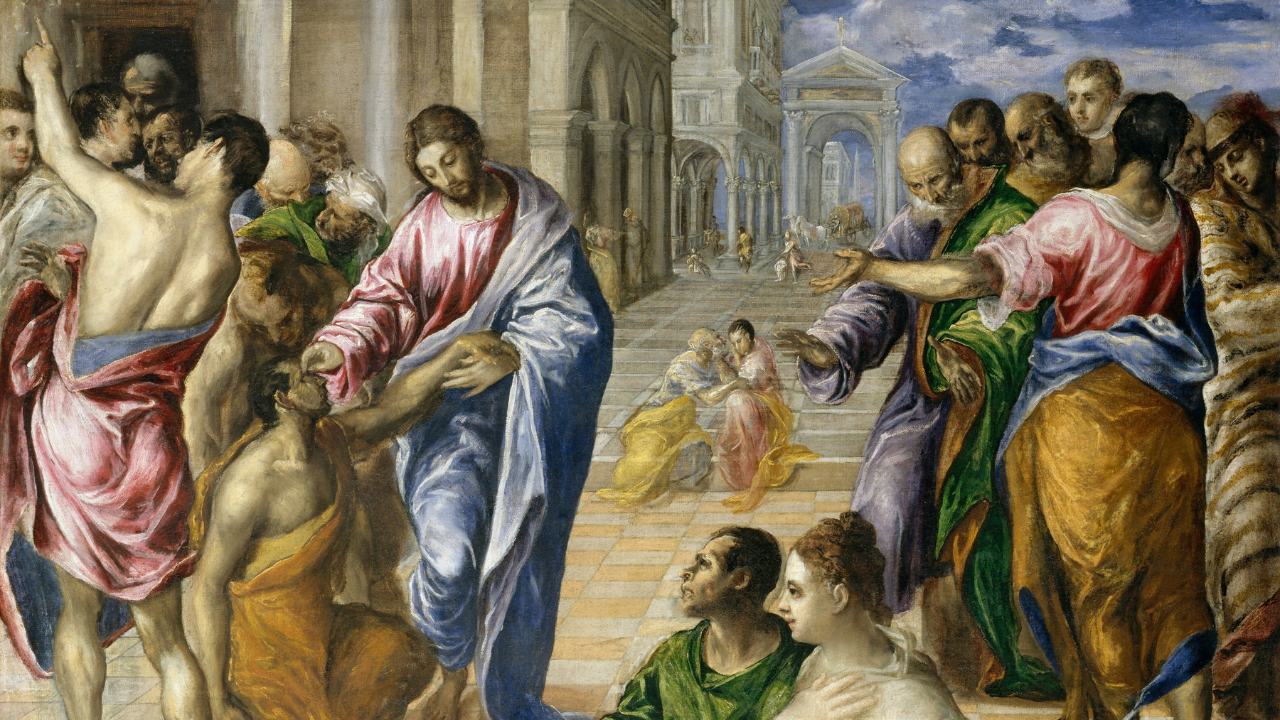No products in the cart.
Ways Christians Interpret The Parables Of Jesus
This post contains paid and/or affiliate links. I make a small commission at no extra cost to you. Please see our Privacy Policy.
When studying the teachings of Jesus, one must recognize the profound impact of his parables. These intriguing stories were powerful vehicles for conveying deep spiritual truths to his listeners. By comparing physical elements to spiritual realities, Jesus engaged his audience’s mind and emotions, making it easier for them to grasp abstract concepts.
However, understanding the meaning of these parables requires careful consideration. Each parable has a specific context and foremost point that should guide interpretation. Cultural differences and surprising details within the parables can affect their significance. It is essential to discern the main takeaway of each parable while not assigning undue weight to minor details.
As Christians, we should be cautious of allegorical interpretations that deviate from the plain reading of Scripture. I think it’s essential to focus on understanding the parables within their original historical and cultural context, appreciating the kingdom principles they illustrate.
Key Takeaways:
- Parables are powerful tools used by Jesus to convey spiritual truths.
- Understanding the context and main point of each parable is crucial for interpretation.
- Cultural understanding can provide insights into the meaning of parables.
- Avoid attaching significant meaning to every minor detail in the parables.
- Christians should prioritize the plain reading of Scripture over allegorical interpretations.
The Nature and Purpose of Parables
Parables are powerful tools utilized by Jesus to convey profound spiritual truths in a relatable manner. By comparing something physical to something spiritual, parables engage the emotions and imagination of listeners, making the teachings more impactful and memorable. Jesus purposefully taught with parables to both reveal and conceal the truth. Those receptive to the message would understand and apply the kingdom principles depicted in the parables. At the same time, those opposed to God’s plans would miss the profound meaning hidden within the stories.
The purpose of these parables was multi-faceted. They served as illustrations of various kingdom principles, providing practical insights into how believers should live and relate to God and one another. The parables also aimed to evoke a response from the listeners, prompting them to consider their own lives, attitudes, and actions in light of the teachings. Through the use of parables, Jesus not only communicated profound truths but also encouraged personal reflection, life transformation, and a deeper relationship with God.
Interpreting Parables in Context
To accurately interpret parables, it is crucial to consider their context. Each parable begins with a brief introduction or prologue, which provides valuable clues for interpretation. These introductions help us understand the parable’s specific audience and intended message. Some parables were directed towards specific groups, such as religious leaders like the Pharisees.
Thematic grouping is another key aspect of understanding parables. Many of Jesus’ parables share common themes and ideas. By recognizing the main thread that ties related parables together, we can gain a deeper insight into their overall meaning. Thematic grouping allows us to see patterns in Jesus’ teachings and explore the interconnectedness of his parables.
Cultural understanding plays a vital role in interpreting parables as well. Jesus used images and metaphors that would have resonated deeply with his original audience. By familiarizing ourselves with the cultural context of the parables, we can better grasp the intended meaning behind certain symbols and references. A study Bible with helpful notes on cultural backgrounds can be a valuable resource in gaining a cultural understanding of the parables.
Importance of the Main Point and Cautions in Interpretation
When interpreting parables, it is crucial to focus on the main point that the story intends to convey. Understanding the main characters, the events leading up to the end, and the central theme of the parable can help uncover its main point. Some parables may have surprising or unexpected twists that reveal the story’s purpose and the message that Jesus intended to convey.
However, it is essential to exercise caution and avoid attaching significant meaning to every minor detail in a parable. Only some details are meant to have deep significance or represent an allegory. Instead, we should be mindful of the parable’s context and overall narrative structure.
One caution to keep in mind is the potential for allegorical interpretations. While allegory can be a valid approach in some instances, it is important to avoid adding unrelated meanings or symbolism to the parables. Instead, we should strive to understand the parables in their original historical and cultural context, appreciating the teachings as Jesus intended.
By focusing on the main point and being cautious in interpretation, we can gain a deeper understanding of the parables and apply their teachings to our spiritual growth. The parables of Jesus continue to provide timeless wisdom that transcends cultural and historical boundaries, inviting us to reflect on the profound truths they convey.











